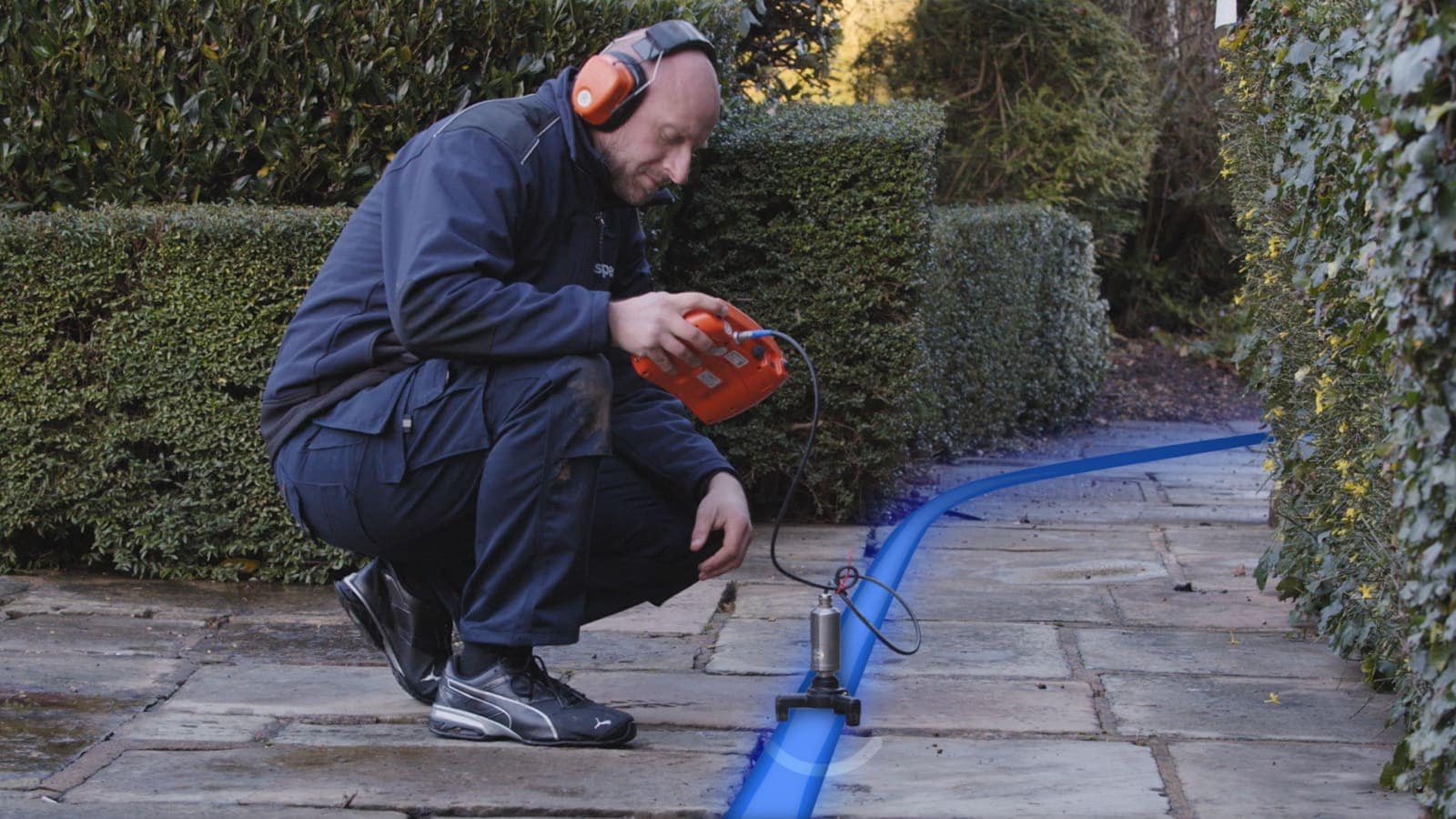Water Leak Detection: Just How to Identify and Take Care Of Leaks Prior To They Cause Damages
Water Leak Detection: Just How to Identify and Take Care Of Leaks Prior To They Cause Damages
Blog Article
Cutting-edge Solutions for Very Early Detection of Water Leaks in Structures and Facilities
From sophisticated leakage detection innovations to the release of IoT sensing units for real-time tracking, the landscape of leak avoidance is developing quickly. Automated water circulation analysis systems are reshaping exactly how leaks are determined and addressed, paving the way for a proactive method to water leakage detection.
Advanced Leak Discovery Technologies
Advanced leakage detection modern technologies, outfitted with innovative sensing units and algorithms, play a vital role in promptly determining and pinpointing water leakages in numerous setups. These modern technologies use a mix of acoustic, thermal, and electro-magnetic picking up methods to spot leaks accurately. Acoustic sensors discover the sound of running away water, enabling specific localization of the leak resource. Thermal imaging spots temperature adjustments brought on by water leakage, supplying one more reliable technique for leakage recognition. Electro-magnetic sensors can determine changes in magnetic fields brought on by water, offering yet one more layer of leakage discovery capability.

IoT Sensors for Real-Time Tracking
In the realm of modern water leakage detection, the integration of IoT sensors for real-time tracking stands for an essential improvement in enhancing proactive leakage discovery capabilities. These sensing units supply constant monitoring of water supply, offering real-time information on water flow rates, pressure variants, and temperature level adjustments. By leveraging IoT innovation, these sensing units can detect even the tiniest anomalies in water usage patterns, enabling very early identification of possible leakages prior to they escalate into major concerns.
IoT sensors transmit data to a centralized system, where sophisticated formulas evaluate the info and create notifies or notifications when abnormalities are discovered. This real-time monitoring capacity enables building proprietors or facility managers to promptly address leaks, reducing water damage, decreasing fixing prices, and conserving water resources.
Additionally, IoT sensing units can be integrated with building administration systems, enabling for automatic responses to identified leakages, such as turning off water valves or activating pumps to reduce the impact of leakages. In general, the execution of IoT sensing units for real-time tracking significantly improves the effectiveness and efficiency of water leakage detection in structures and framework.
Machine Knowing Algorithms for Leak Prediction

One secret benefit of making use of artificial intelligence for leak prediction is its capability to constantly find out and improve its accuracy in time. As more data is collected and fed into the formula, it can refine its predictions and adapt to changing conditions, ultimately enhancing the reliability of leak discovery systems.
Additionally, maker learning formulas can help in determining refined indications of leaks that might go unnoticed by typical monitoring techniques. water leak detection. By evaluating complex information sets in real-time, these formulas can provide my explanation very early cautions and signals, enabling for punctual intervention and preventative upkeep to alleviate possible water damages and connected costs
Making Use Of Thermal Imaging for Leakage Detection
Thermal imaging innovation offers a promising approach for detecting water leaks in different systems and facilities. By using infrared radiation and temperature variations, thermal imaging cameras can recognize covert leakages that are not conveniently noticeable to the naked eye.
Among the crucial benefits of thermal imaging for leakage discovery is its non-intrusive nature. Unlike standard approaches that may require damaging right into walls or floorings to locate leakages, thermal imaging permits non-destructive screening. This not only saves time and minimizes prices but additionally minimizes interruption to the structure or infrastructure being examined. Additionally, thermal imaging can quickly check large areas, offering a comprehensive introduction of prospective leak resources in a prompt fashion. Overall, using thermal imaging technology improves the performance and accuracy of water leak detection, making it a valuable device for keeping the stability of buildings and infrastructures.
Automated Water Circulation Evaluation Solutions
How can computerized water circulation evaluation systems change the discovery and monitoring of leaks in different systems and facilities? Automated water flow evaluation systems view it now provide a proactive method to leak detection by continuously checking water circulation rates and patterns. By developing standard data, these systems can quickly determine discrepancies that might suggest a leak, making it possible for prompt treatment to stop comprehensive damages.
These systems make use of advanced formulas to assess real-time data and give immediate signals when abnormalities are discovered, enabling swift activity to be taken. Furthermore, automatic water circulation analysis systems can be incorporated with structure management systems or IoT systems, improving overall performance and enabling remote tracking capabilities.
In addition, the information gathered by these systems can be utilized for anticipating upkeep objectives, assisting to determine potential weak points in the facilities prior to leaks occur. Overall, the implementation of computerized water circulation evaluation systems can considerably improve leakage discovery and monitoring practices, ultimately causing cost financial savings, reduced water waste, and boosted sustainability in structures and framework.

Conclusion
To conclude, the assimilation of innovative leak detection innovations, IoT sensing units, artificial intelligence formulas, thermal look at this web-site imaging, and automated water circulation analysis systems offers innovative remedies for early discovery of water leakages in structures and facilities. These technologies make it possible for real-time surveillance, forecast of leaks, and efficient detection approaches to protect against water damages and wastefulness. Applying these services can help in preserving the integrity and sustainability of water supply in numerous settings.
Report this page